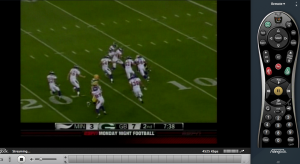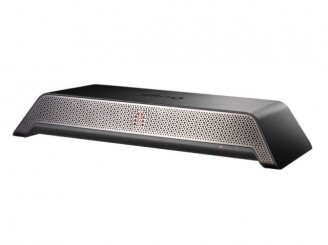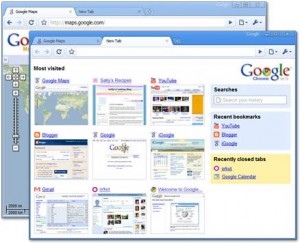Online Real Estate Tools in Washington D.C. Area
Whether you’re buying, selling, or just want to know what’s going on, it’s easier than ever to follow real estate online.
Zillow provides a property value estimate based on neighboring comparables and their sale prices. It was started in 2005 by the people who started Expedia.com because they were frustrated that these tools were only available to real estate agents.
Real Estate Listings
Google recently added Real Estate to their Maps option. Google Base also recently began listing Real Estate with full search capabilities.
Long and Foster has been one of the most popular sites to search MLS listed properties.
Credit Report
Before buying a house, you need to know your credit score. You should also check it occasionally just to be sure that there are no errors. It is not uncommon to find that someone has impersonated you or that the credit agency just got something wrong.
AnnualCreditReport.com allows you to request your credit report for free once every 12 months from each of the nationwide consumer credit reporting companies: Equifax, Experian and TransUnion.
Mortages
Bankrate.com provides a good starting point for finding mortgage rates.
If you are in the Military or part of a Military family, consider Pentagon Federal Credit Union or the Navy Federal Credit Union. There are local offices in Washington D.C., Virginia, and Maryland.
Realtors
If you understand the comparables and have done the search yourself, you should consider a low-cost realtor.
Both ZipRealty and PenFed Realty (for Military personnel) both offer low fees or cash back.
Real Estate News
The Washington Post – Real Estate section provides real estate news and stories in D.C., Virginia, and Maryland.

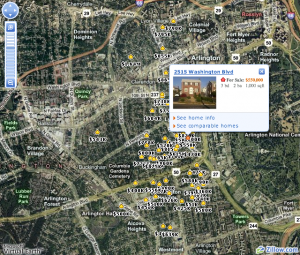
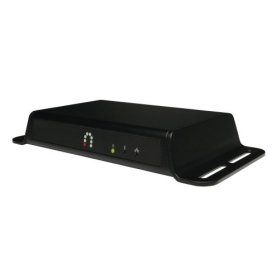 Just about everyone knows what Wi-Fi is and most people even have it at home. Because wireless N is not yet standardized, most people are still using wireless G. What most people don’t know is that there is an alternative that in many cases will work better than wireless G and it uses lines you already have in your walls.
Just about everyone knows what Wi-Fi is and most people even have it at home. Because wireless N is not yet standardized, most people are still using wireless G. What most people don’t know is that there is an alternative that in many cases will work better than wireless G and it uses lines you already have in your walls.

